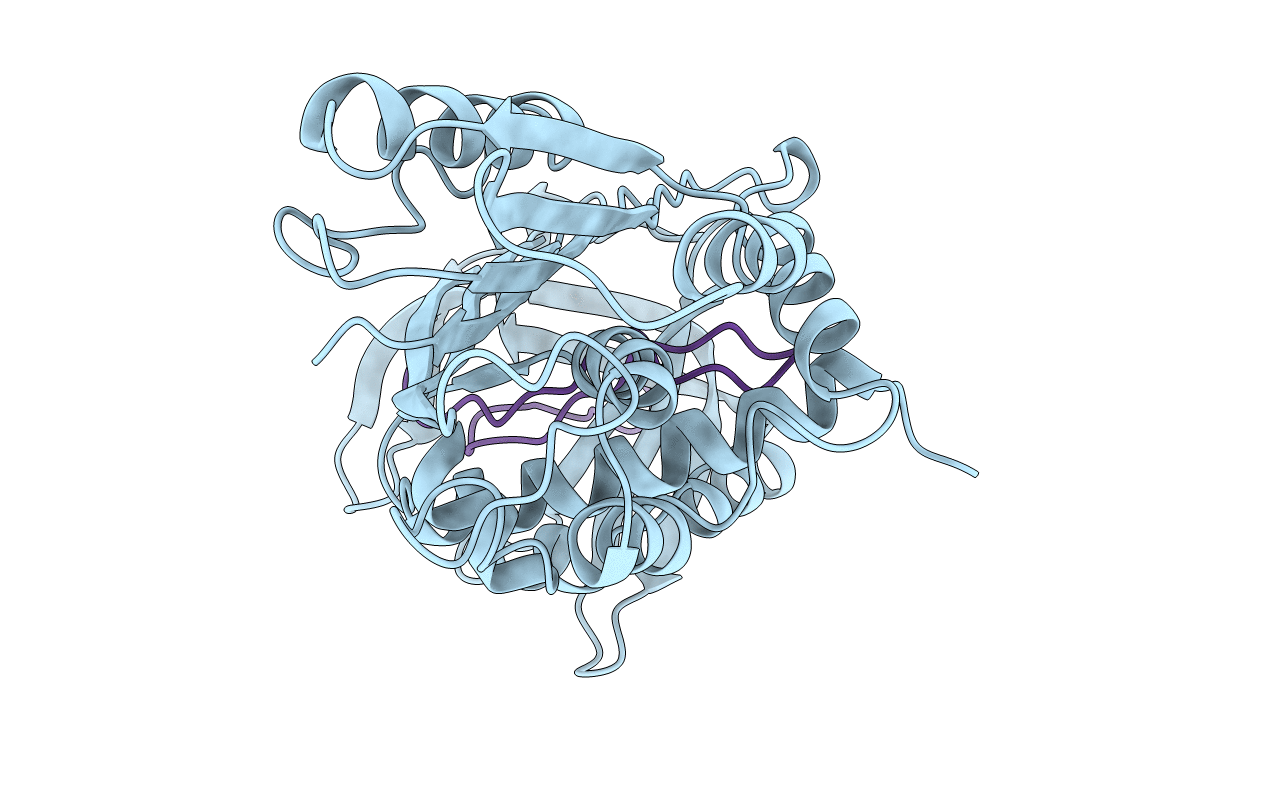
Deposition Date
1999-03-11
Release Date
1999-03-19
Last Version Date
2024-04-03
Entry Detail
PDB ID:
9PAI
Keywords:
Title:
CLEAVED SUBSTRATE VARIANT OF PLASMINOGEN ACTIVATOR INHIBITOR-1
Biological Source:
Source Organism:
Homo sapiens (Taxon ID: 9606)
Host Organism:
Method Details:
Experimental Method:
Resolution:
2.70 Å
R-Value Free:
0.29
R-Value Work:
0.18
Space Group:
C 1 2 1


